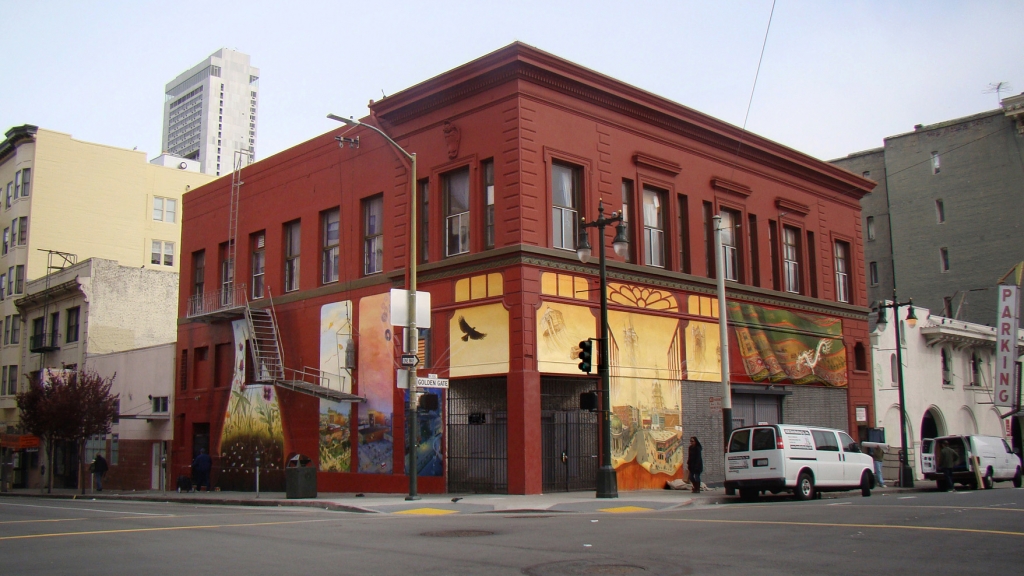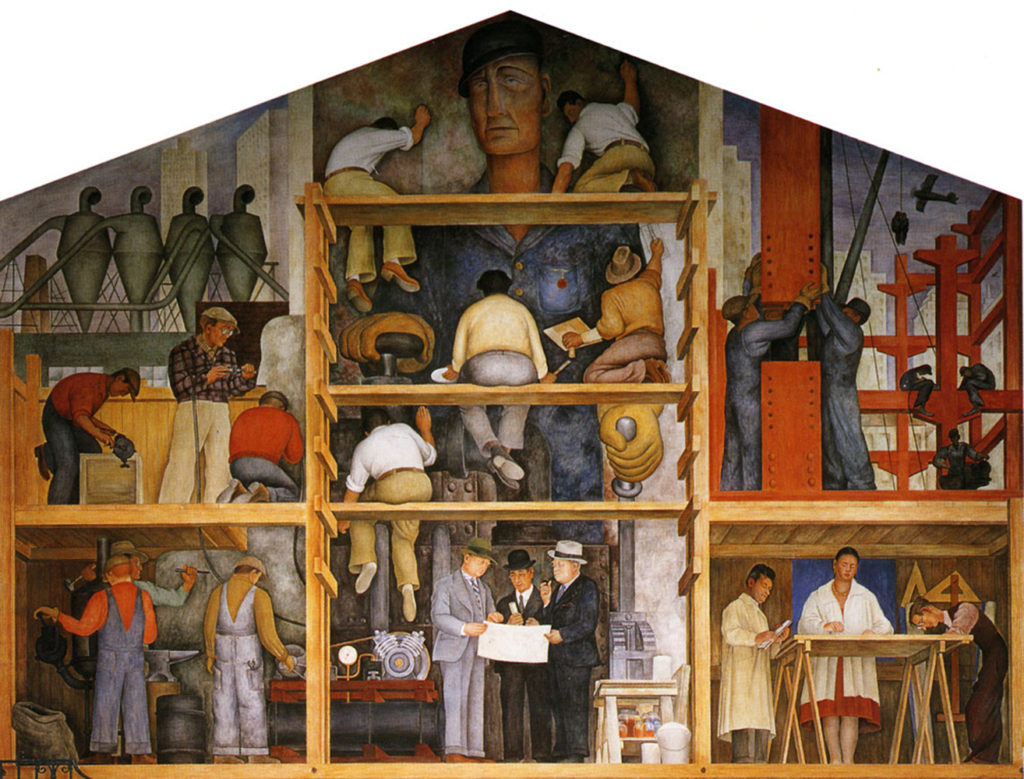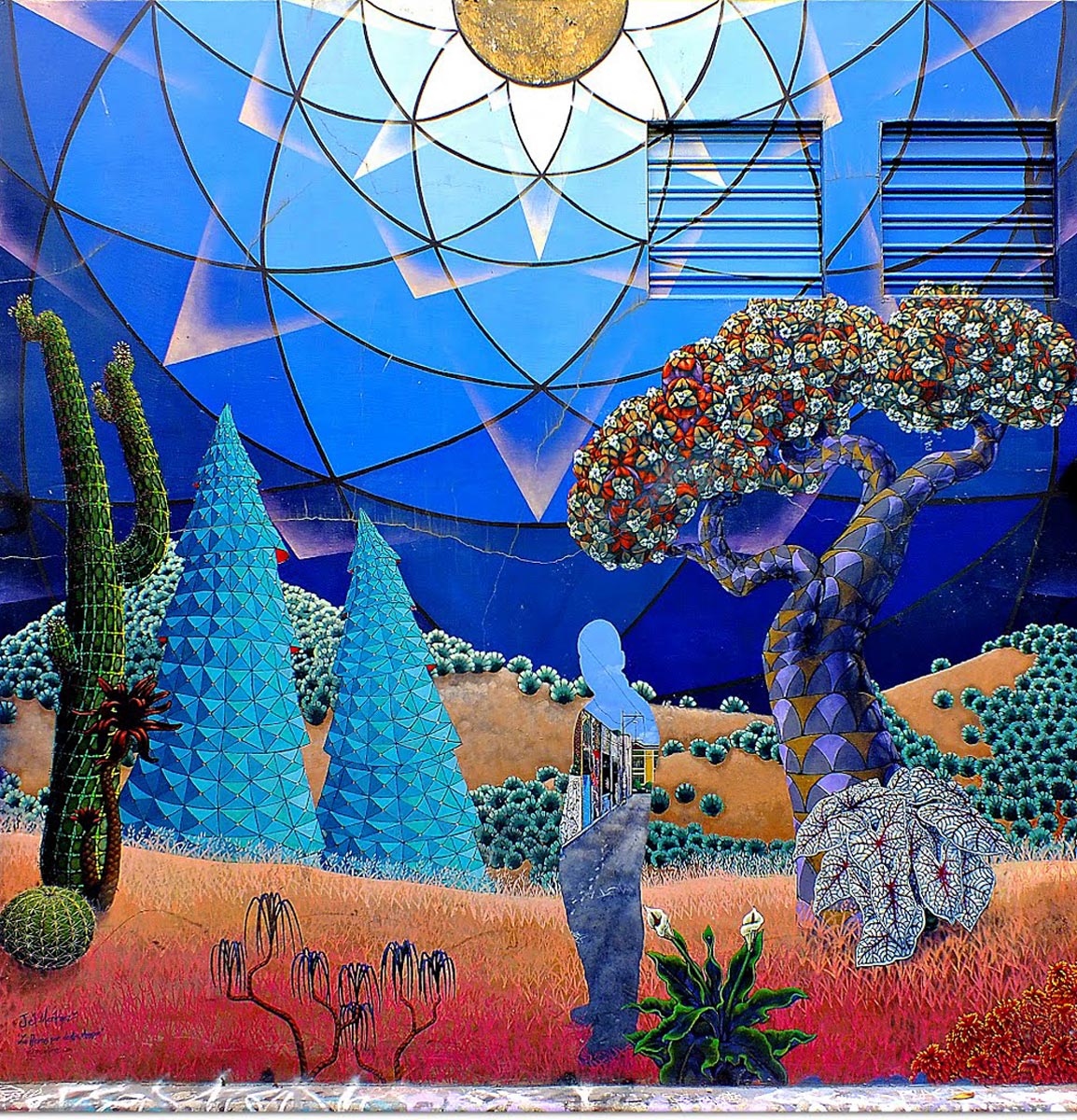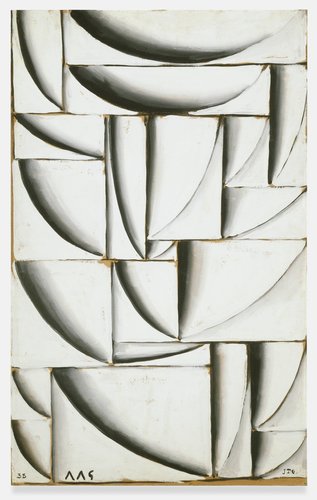Where did the name “The Tenderloin,” come from? Stories abound, but the one I first heard was that the Tenderloin neighborhood of San Francisco was so full of homeless people, drug addicts and prostitutes that the police get “hazard pay” to work there, which makes it possible for them to afford the better cuts of meat. Another story is that the police can afford fancier meat because they accept bribes from the entrepreneurs in the hood. Perhaps the name is a reference to the soft, vicious underbelly of San Francisco. Or to the tender loins of the prostitutes who work there. Or did we borrow the name from New York City’s Tenderloin, which has a similar reputation? Whatever the origin, the Tenderloin is not considered the choicest cut of San Francisco’s neighborhoods.

(Photo from Mona Caron’s website.)
Continue reading “Repainting the Tenderloin: Mona Caron’s Meta-Mural “Windows into the Tenderloin””



